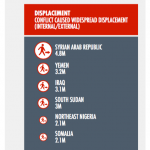After Years Of Progress, Worldwide Hunger Is Once Again On The Rise
After years of declining hunger in the world, last year saw an unexpected, and wholly unwelcome, increase. A combination of war and climate-related “shocks” meant that about 38 million more people were under-nourished compared to 2015, according to the latest numbers from the United Nations Food and Agriculture Organization.
Since 1970, hunger in the developing world has more than halved. The rate has gone from at least 35% to less than 15% (hunger is defined by the FAO as having not enough caloric intake to meet daily minimum energy requirements). China, for instance, saw its hunger level fall from 24% of its population in the early 1990s to about 9% by 2016. Last year, however, the number of undernourished people grew once more, reaching 815 million, or 11% of the global population.
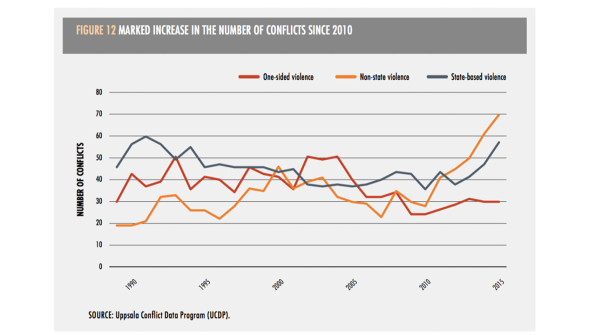
The FAO isn’t sure if the increase is a blip or a long-term trend, but it’s worried. Climate change is exacerbating, and perhaps even causing, violent conflicts, making the job of feeding people harder. Some researchers believe that a severe drought in Syria helped spark the civil war there. And other wars, from South Sudan to Yemen, have been backgrounded by extreme weather events.
“We don’t know the extent to which conflicts are exacerbated by climate-related conditions,” says Carlo Cafiero, a statistician at the FAO and one of the authors of the report. “A butterfly that lands on a boat full of elephants might cause the boat to capsize. But we know the majority of the [increase in hunger] occurs in countries affected by conflicts, and in countries where there have been droughts or floods.”
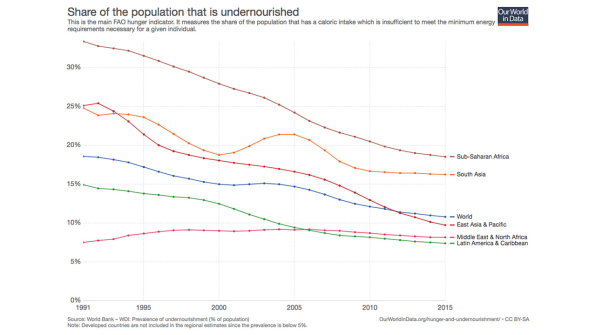
The civil war in the newly formed state of South Sudan is an example of how conflict and climate can combine to drive up hunger levels. The country, which experienced both drought and floods last year, had 4.9 million food insecure people in 2016 (defined as a lack of food for normal growth and human development). Intensified fighting disrupted agriculture and made accessing food markets harder. At the same time, the war has devalued the state currency and raised food prices, putting “significant pressure” on household food budgets, the FAO says in a separate report about global food crises.
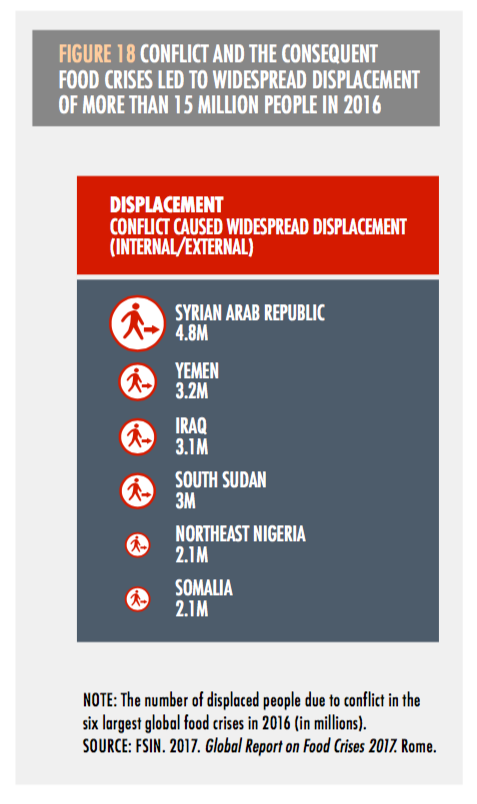
The Sustainable Development Goals, agreed two years ago at the UN, call for eradicating hunger completely by 2030. It’s already a highly ambitious target — more ambitious than the former Millennium Development Goals, which called for halving hunger between 1990 and 2015. And climate change makes it harder still. “If there’s no improvement in the way these matters are handled at an international level, it’s difficult to be optimistic. The UN General Assembly is ongoing now and the discussions are not encouraging in terms of transnational co-operation on climate change,” Cafiero says in an interview from his office in Rome. (The U.S. has dropped out of the Paris climate agreement, though it may be open to negotiating a weakened emissions target.)
The report says 155 million children under five are now stunted (that is, too short for their age) while 52 million suffer from wasting (their weight is too low for their height). Half of those kids live in South Asia. In Bangladesh alone, 36% of children are stunted; 24 million people there, out of a population of 160 million, are undernourished.
The refugee crisis has seen the burden of hunger shift to new places. “Turkey, Jordan, Egypt, and Lebanon didn’t have a problem per se but because of inflow of refugees from Syria have found their food systems increasingly stressed,” Cafiero says. Lebanon, for example, has absorbed more than 1 million refugees and its population before the Syria conflict was only about 6 million.
Cafiero stresses that compiling hunger statistics is not a simple business. The UN collates figures from hundreds of national ministries, and the numbers for 2016 are still provisional. We won’t know definitively until 2020 whether the trends on hunger are lasting or temporary. But the report is hardly encouraging: More climate change is likely to lead to more flooding and drought events and more war and more hunger. East Africa has seen three straight years of drought. South Asia has seen the worst flooding in years this monsoon season.
“We know the majority of the [increase in hunger] occurs in countries affected by conflicts, and in countries where there have been droughts or floods.”[Photo: windujedi/iStock]” 
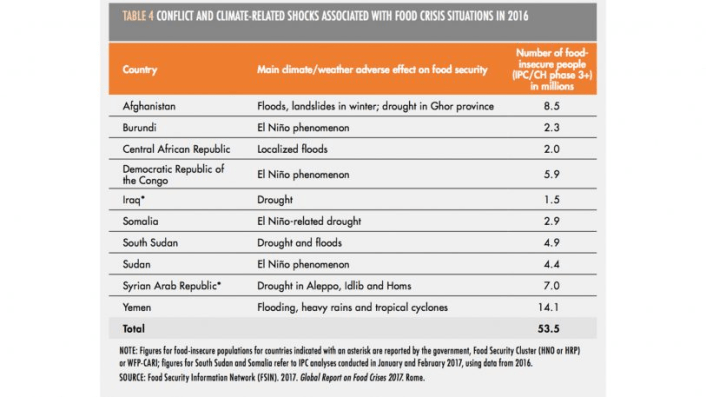
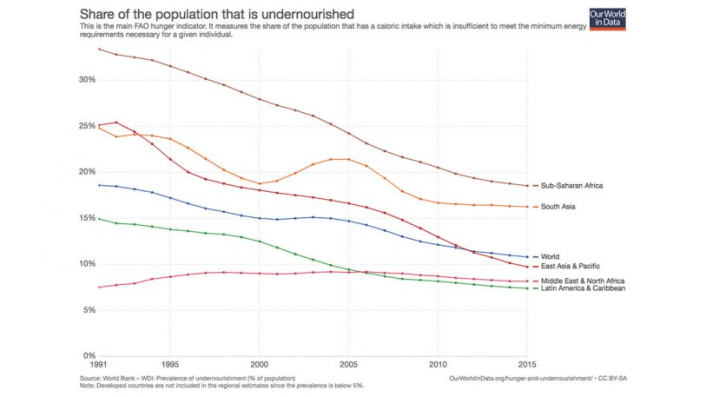
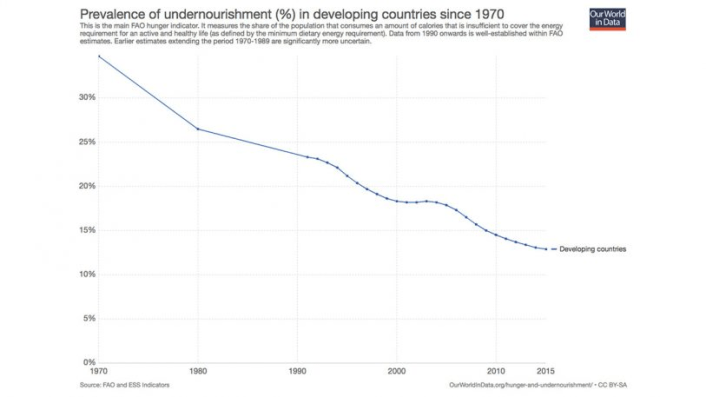
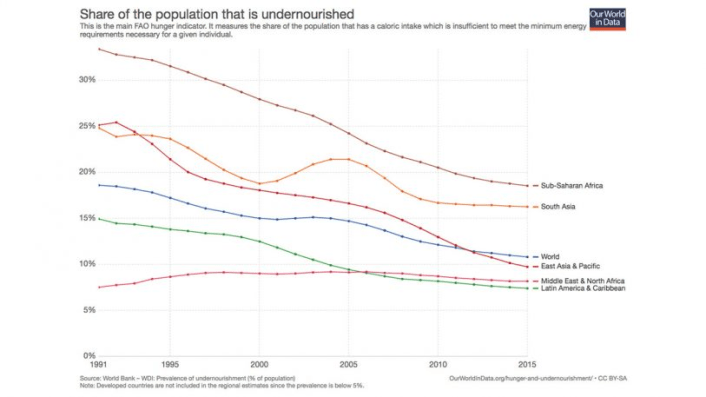
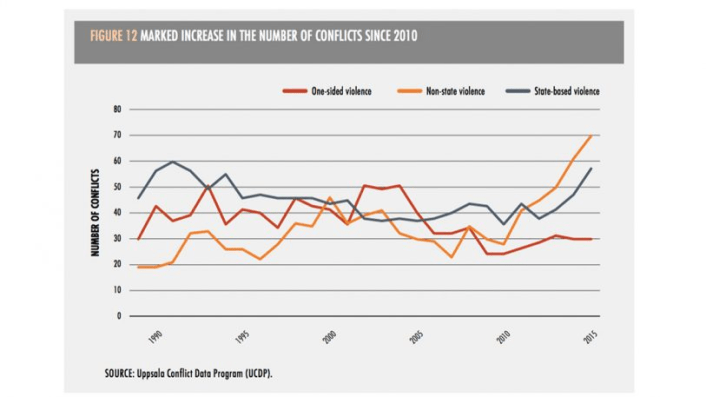
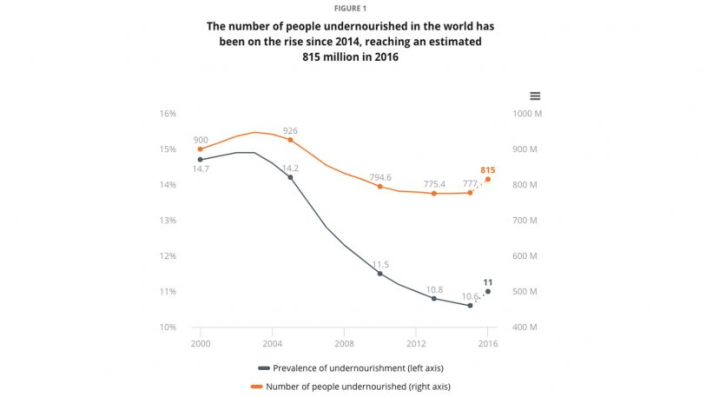
Fast Company , Read Full Story
(33)


